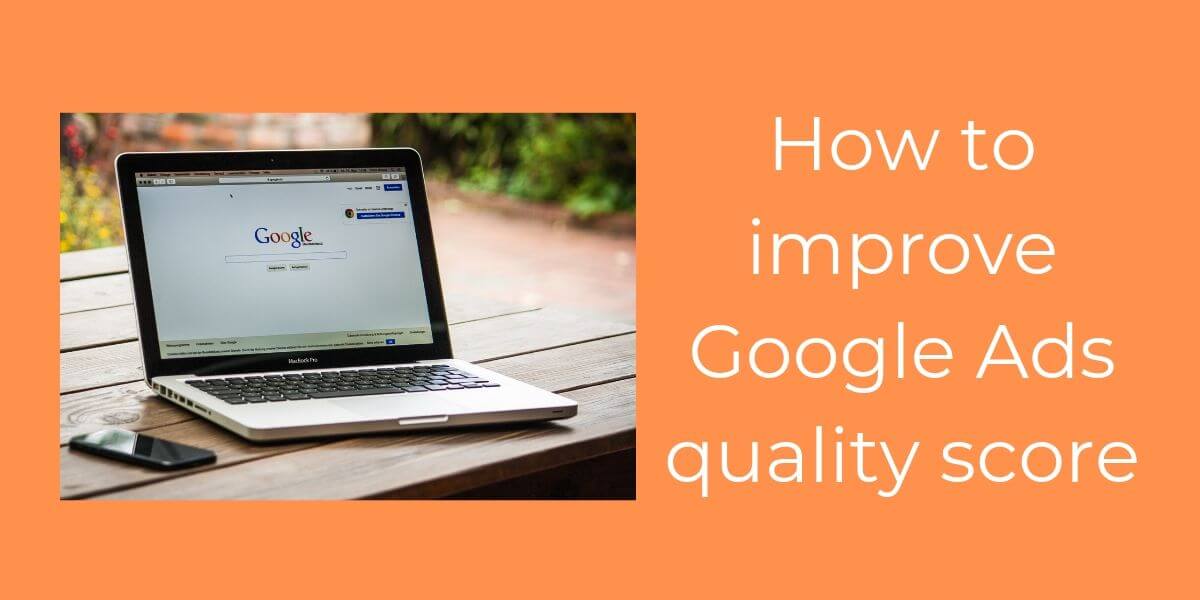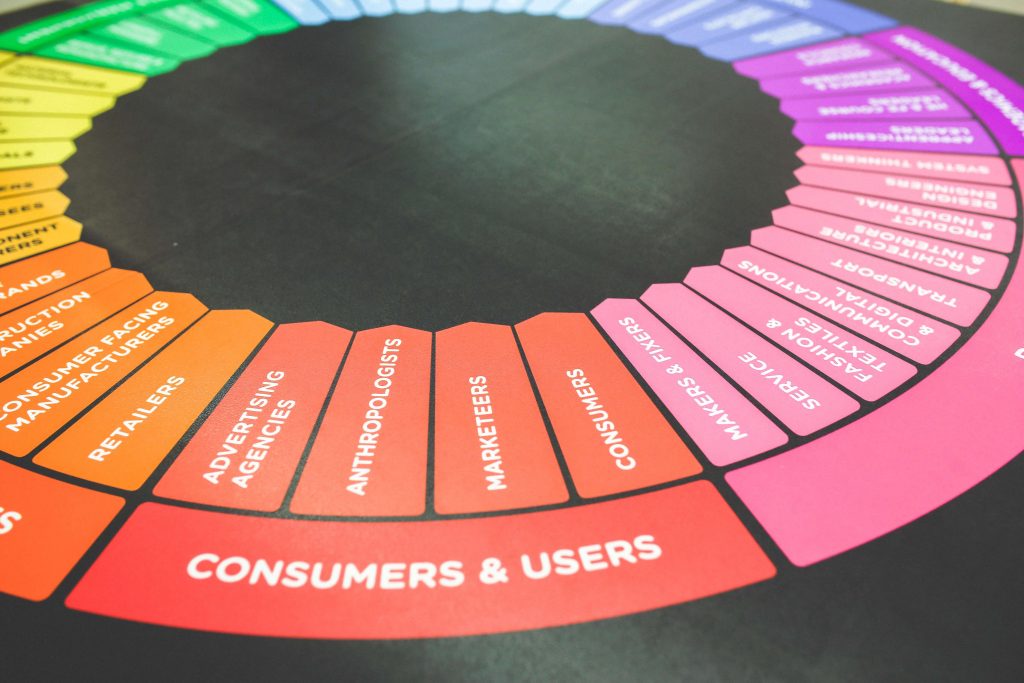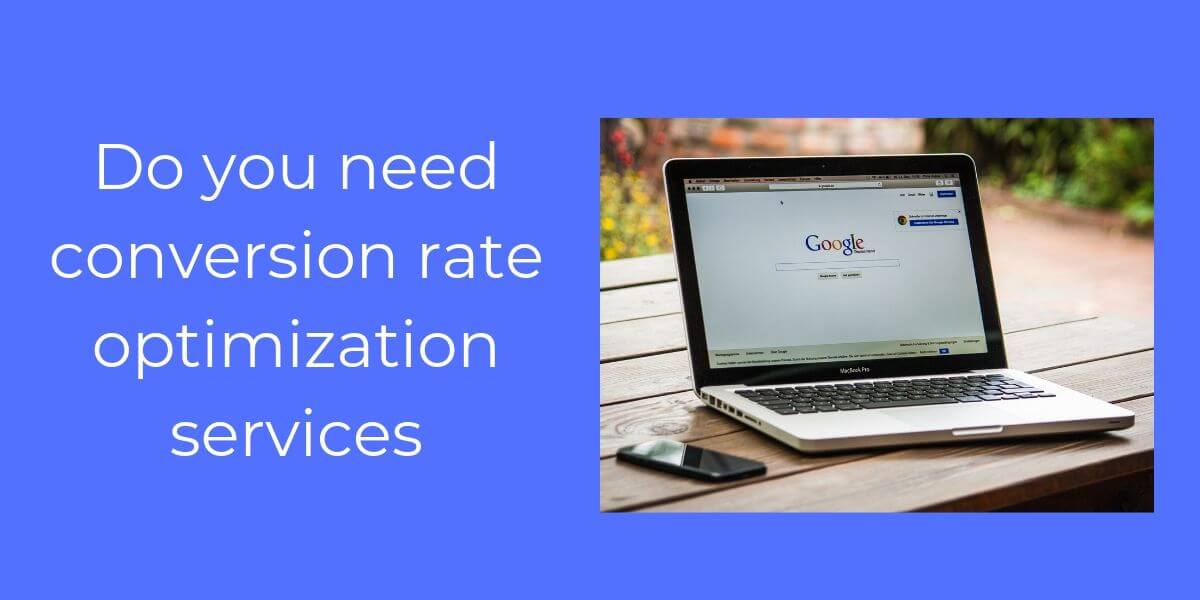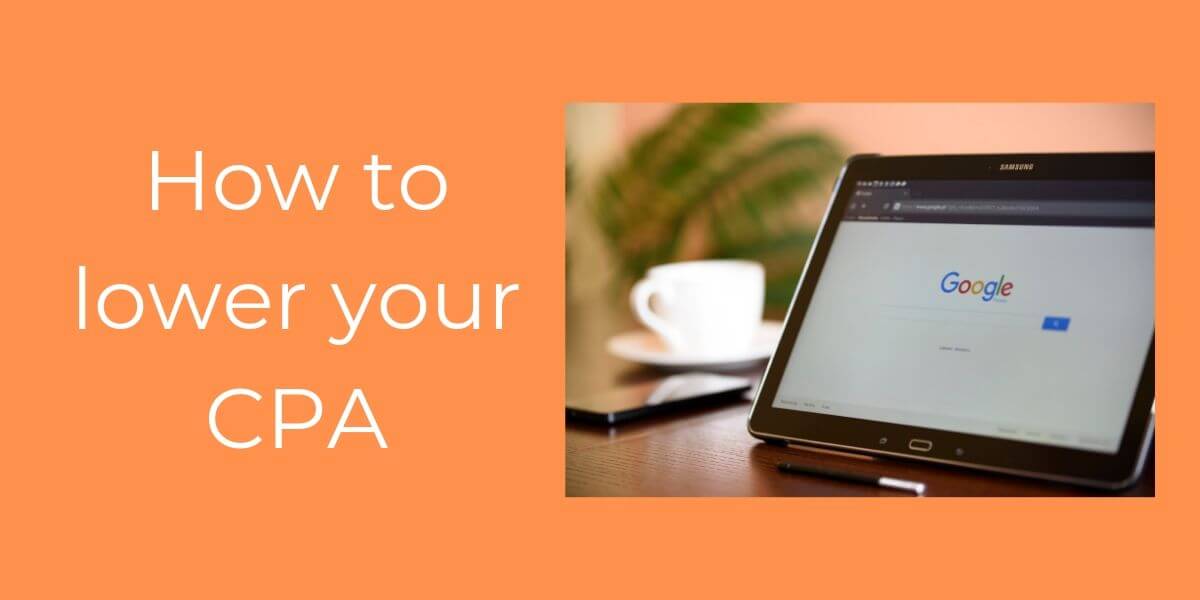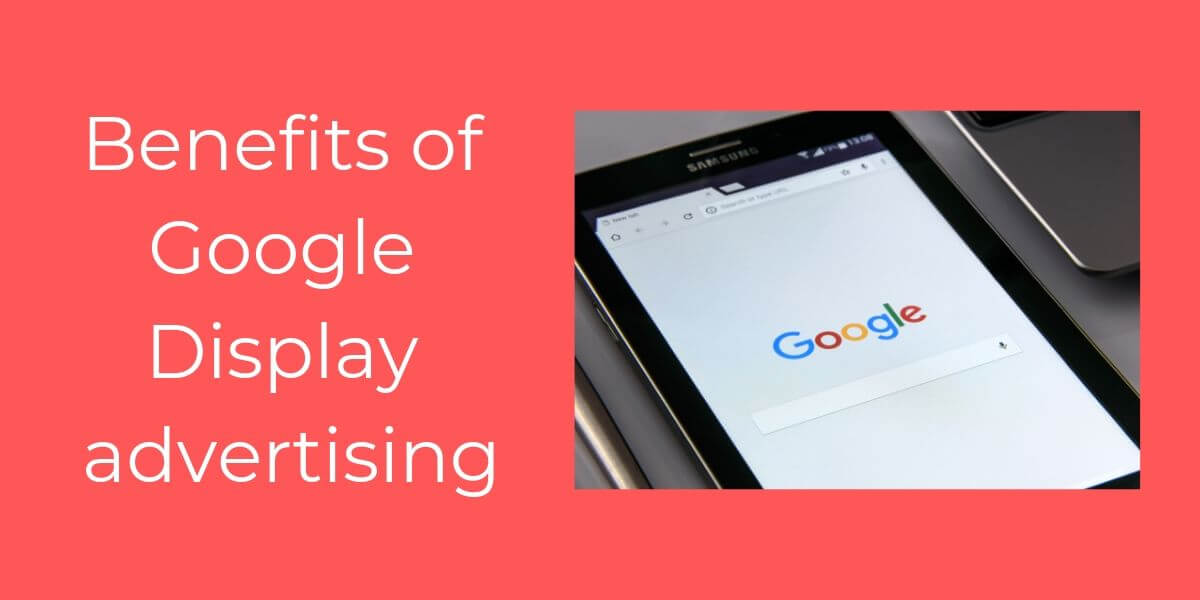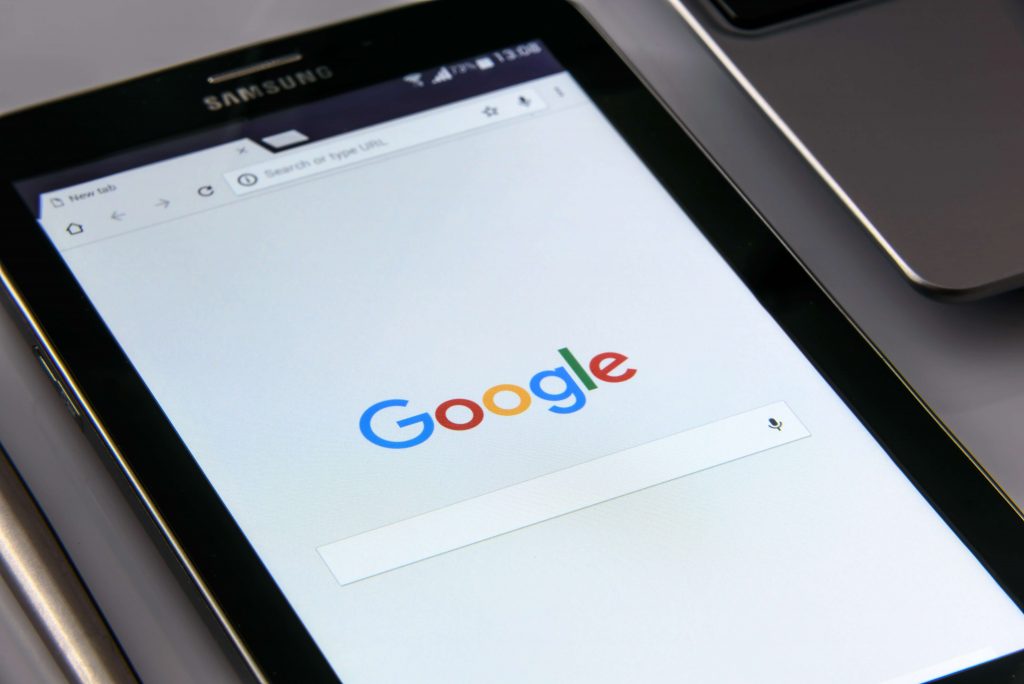The relationship between keywords and search queries is the foundation of Google Ads paid search marketing and organic SEO campaigns.
Most keyword research articles seem to mainly focus on teaching keyword research for optimizing for organic SEO.
So this article will help brands learn how to target and manage keywords more effectively in paid search campaigns as well.
The Basics of PPC
Mastering PPC means finding high-volume keywords that have little competition. It’s easier said than done, and it’s why a lot of PPC campaigns fail miserably.
The amount you pay for a keyword will depend on 4 factors:
- Volume: The number of times that keyword is searched for every month
- Keyword Difficulty: How competitive or difficult the keyword is
- CPC: This will depend on what various companies have decided they will spend at auction for their ad to show for the keyword
- Quality score: This is based on how relevant your ad copy and landing pages are to each term the user searches for.
Define Your Keyword Strategy & Goal
Before we begin keyword research, the first step is to define our goal for our ad campaign and then the keyword strategy. To get ourselves heading in the right direction, we can ask questions like:
- Why are we creating an ad campaign?
- What product are we selling?
- Who is our audience?
- How would our audience think about this product?
- What do we want to accomplish with this campaign? What is our end goal?

PPC Keyword Research
There are several things you’ll need to consider when performing PPC keyword research on the front-end of a PPC marketing campaign:
Keyword Terms: There are several types of keyword terms that should be addressed in PPC research.
In addition to branded terms (e.g. your brand name and product names), you will need to consider non-branded terms that describe your products or services.
Long-Tail Keywords: Instead of focusing on broad keywords, a better approach is to look for long-tail keywords—key words and phrases that are more specific.
For an online shoe retailer, this might mean avoiding keywords like “shoes” and focusing on key phrases like “red shoes” or better yet, “red Nike sneakers.”
Negative Keywords: You also need to create a list of negative keywords, or keywords that you don’t want your ads to appear for.
An accurate list of keywords is important because it keeps ads relevant. Negative keywords also help your organization make the best use of PPC ad spend.
Look at Your Website Content
Some of the best keywords for your campaign can be found by looking at your website content and landing pages. Which words on your site stand out and represent our product?
Are there any possible variations or synonyms of these terms?
Example: If you are a coffee distributor, variations of “coffee” that you sell may include “dark roast,” “espresso,” “house blend” and “Sumatra.”
These terms are more specific than just “coffee” and will yield better search results.
Short conclusion
When your keyword research is complete and you have relevant keywords and negative keywords for campaigns, organize them into ad groups.
Each ad group should follow a specific theme or revolve around a certain product or service that your organization offers.
Organizing similar keywords into ad groups allows you to create effective ads and target them to the proper audience and their searches.
Conducting keyword research is important for building out effective PPC campaigns that lead to conversions and increase ROI.





